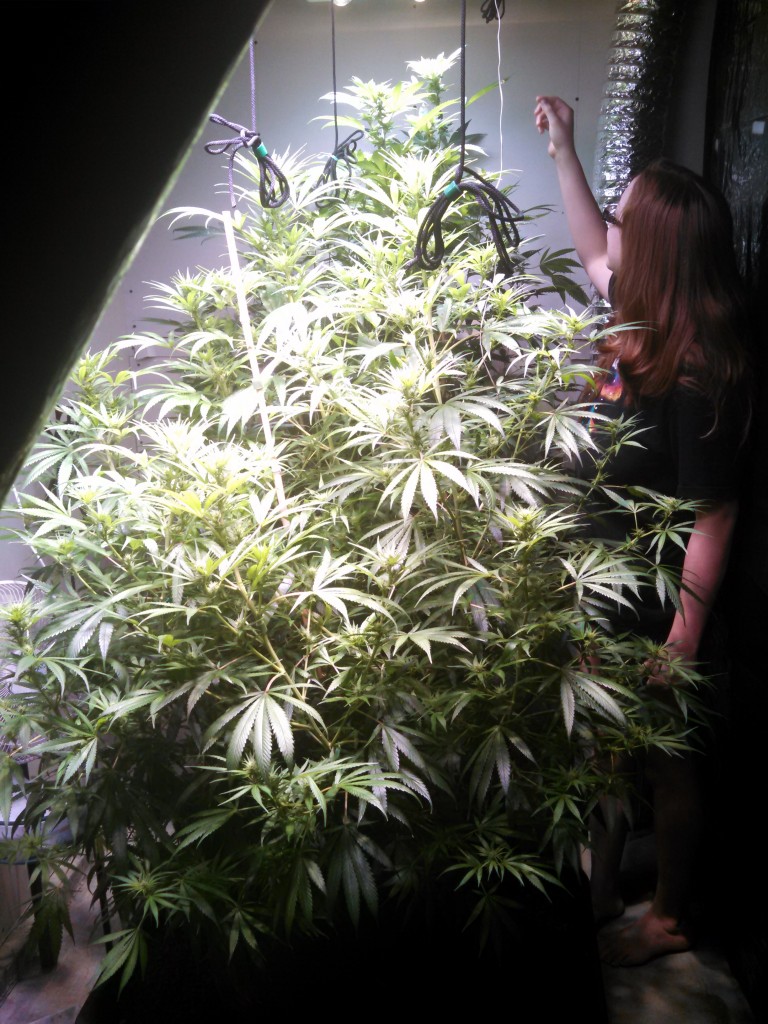- Thread starter
- #21
Well, I guess I'll find out what kind of yield I can get under the conditions I described. I just had a peek and it appears that the "mix" auto-flower seed I tossed into a cup has cracked and the merest hint of a tap root has emerged. I'm not going to have time to mess with it this evening, but I'll add a few drops of H₂O₂ to the water for a little O₂ boost. No change to the other two (not auto-flowering strains) that I dropped at the same time - but it's still early, yet. I do have all three cups covered and placed up high, so the cats cannot wreak havoc upon them. I think.
I think I might end up with more plants than I have space/light. Whoops....
I think I might end up with more plants than I have space/light. Whoops....



 lol I'm sure you will come up with some sort of training to make it work.
lol I'm sure you will come up with some sort of training to make it work. .
.

